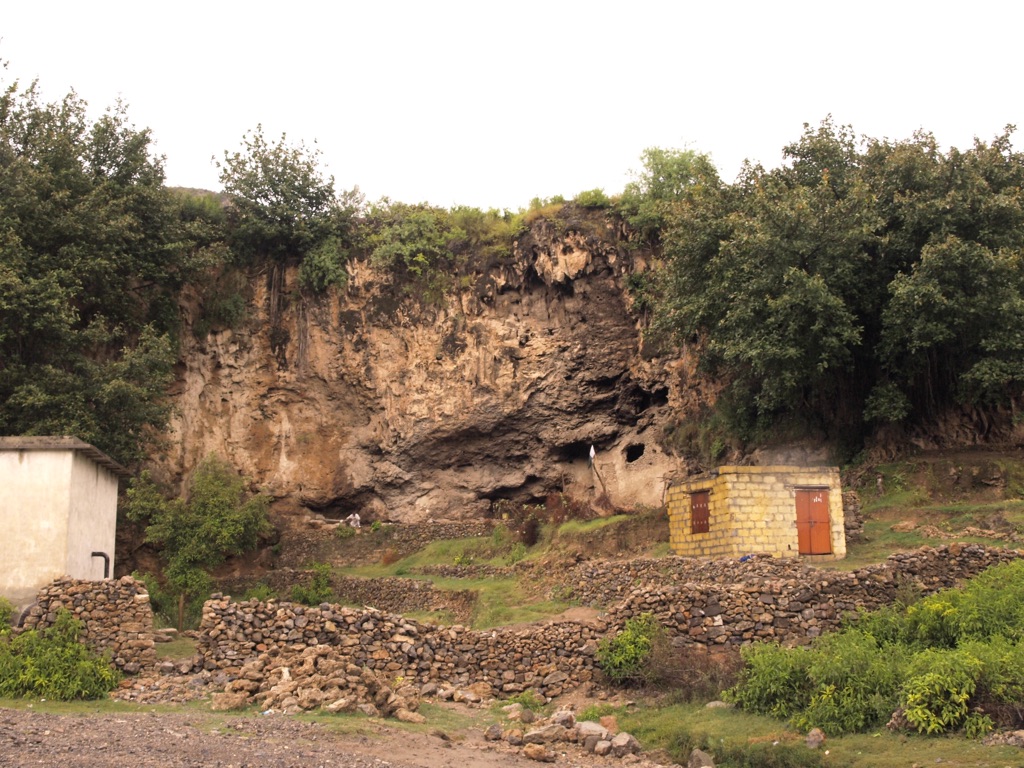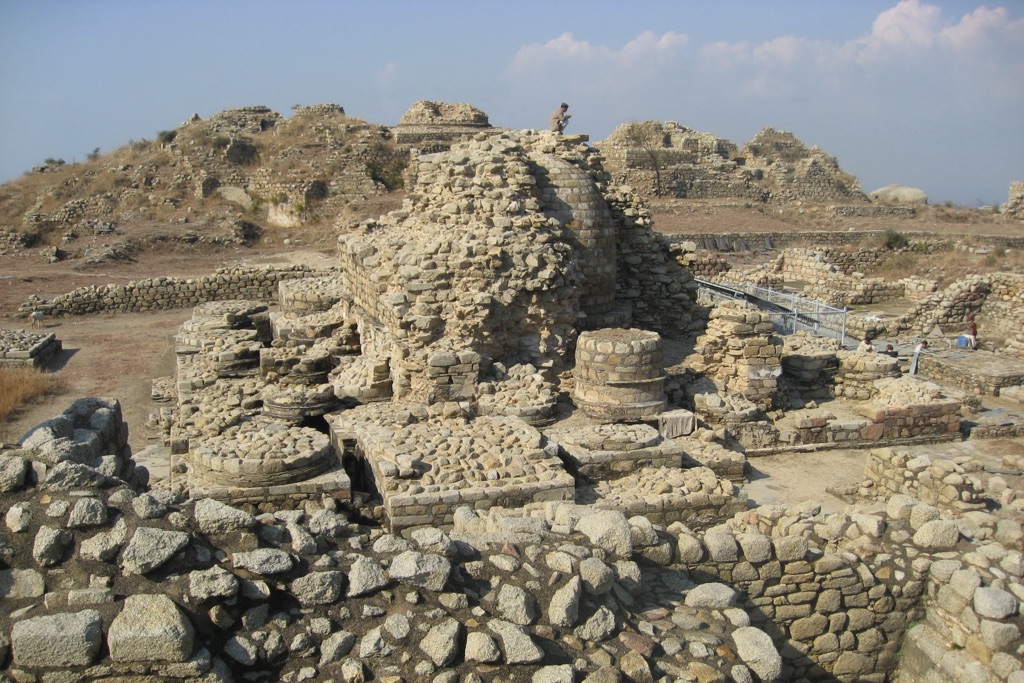Ranigat is a historical site located in the Buner Valley of Khyber Pakhtunkhwa, Pakistan. It’s a treasure trove of ancient Buddhist monastic structures. The site dates back to the 1st century AD and showcases the Gandhara civilization’s architectural prowess. Ranigat was part of the ancient trade route connecting India with Central Asia. The ruins include…
Gandhara Civilization
The Gandhara civilization, flourishing from the 6th century BC to the 11th century AD, was a remarkable blend of cultural, artistic, and religious traditions. Situated in the region that today encompasses northern Pakistan and eastern Afghanistan, Gandhara was a crossroads of various civilizations, including Persian, Greek, and Indian. This unique position contributed to its rich cultural tapestry and significant role in the history of the ancient world.
One of the major moments in the history of Gandhara was its conquest by Alexander the Great in the 4th century BC. This event introduced Hellenistic influences to the region, which were later integrated into local art and architecture, giving rise to the distinctive Gandhara style. This style is particularly noted for its representations of the Buddha in human form, marking a significant departure from the aniconic traditions of earlier Buddhist art.
The religion of Gandhara was predominantly Buddhist, especially from the 1st century AD onwards, with the spread of Mahayana Buddhism. The region became a major center of Buddhist learning and art, with numerous monasteries and stupas. The Buddhist texts from Gandhara, written in the Gandhari language using the Kharosthi script, are among the oldest Buddhist manuscripts discovered, shedding light on early Buddhist traditions.
Social and daily life in Gandhara was heavily influenced by its position on the Silk Road. The region was a melting pot of cultures, with its cities teeming with traders, monks, and artisans from different parts of the world. This cosmopolitan nature is reflected in the archaeological remains, including diverse styles of pottery, coins, and inscriptions. The Gandharan art, with its Greco-Buddhist syncretism, is a testament to the cultural exchanges that characterized daily life.
The political history of Gandhara is marked by a succession of rulers and dynasties, including the Persian Achaemenid Empire, the Greek Seleucid Empire, the Mauryan Empire, and the Kushan Empire, among others. The Kushans, in particular, played a pivotal role in the development of Gandhara, under the reign of King Kanishka in the 2nd century AD. His patronage of Buddhism led to a flourishing of Gandharan culture and art.
Despite the lack of detailed records about specific kings and queens, the influence of various rulers on Gandhara’s development is evident through coins, inscriptions, and historical texts. These sources reveal a region that was often at the center of power struggles but also a place where rulers supported religious and cultural activities.
Gandhara faced numerous invasions and wars throughout its history. The region’s strategic location made it a target for conquests by various empires. Despite these challenges, Gandhara remained a center of cultural and religious activity until it began to decline in the 7th century AD, following the Arab invasions. The final blow came with the Ghaznavid conquest in the 11th century AD, leading to the eventual abandonment of many of its cities and monasteries.
In conclusion, the Gandhara civilization was a remarkable fusion of cultures, religions, and artistic traditions, playing a crucial role in the spread of Buddhism and the development of Buddhist art. Its legacy, preserved in the ruins of its cities and the beauty of its art, continues to fascinate historians and art lovers around the world.

Shah Allah Ditta caves
The Shah Allah Ditta caves are a series of ancient caves located in Islamabad, Pakistan. They are nestled in the Margalla Hills and are believed to be over 2400 years old. These caves hold significant historical importance, as they provide evidence of early human life and have been a part of various historical events. The caves are named after a Mughal period dervish, Shah Allah Ditta, and have been a place of solace and meditation for centuries.

